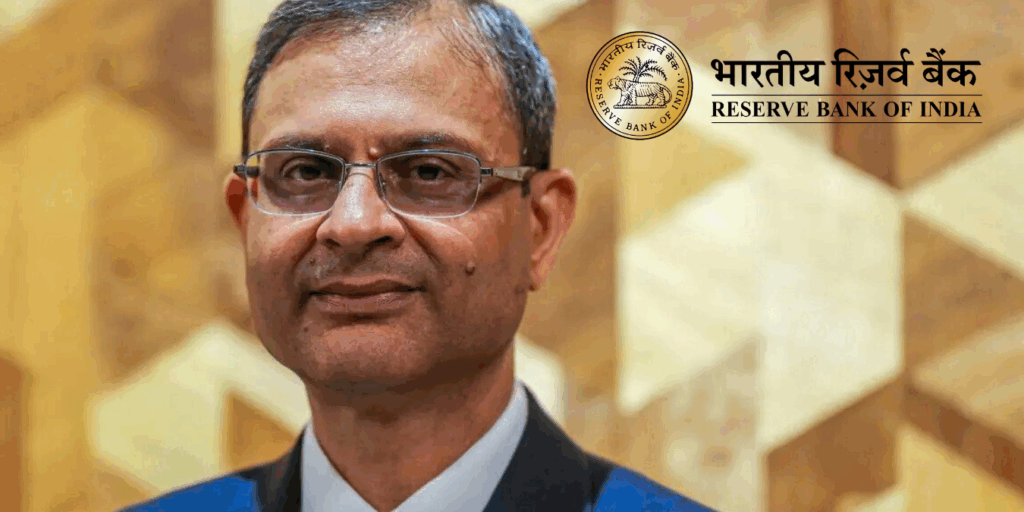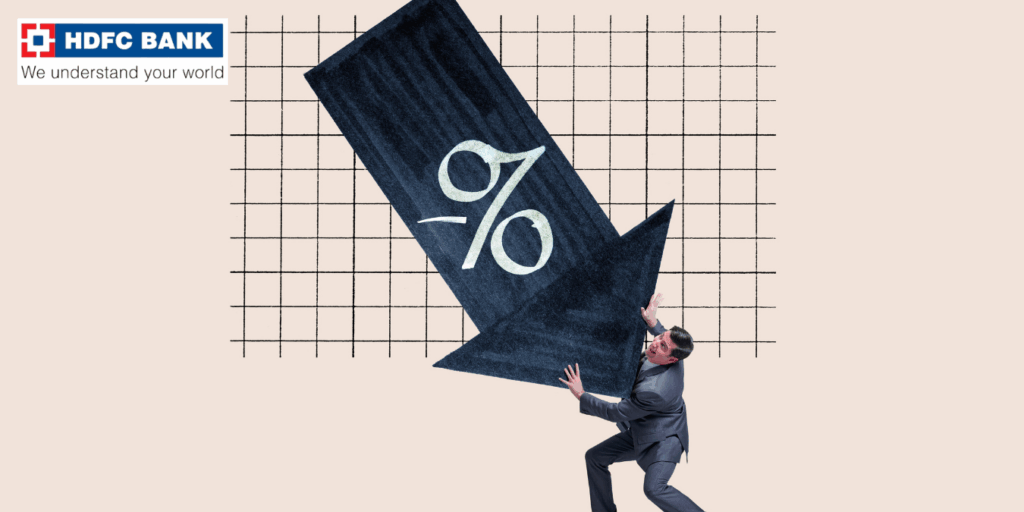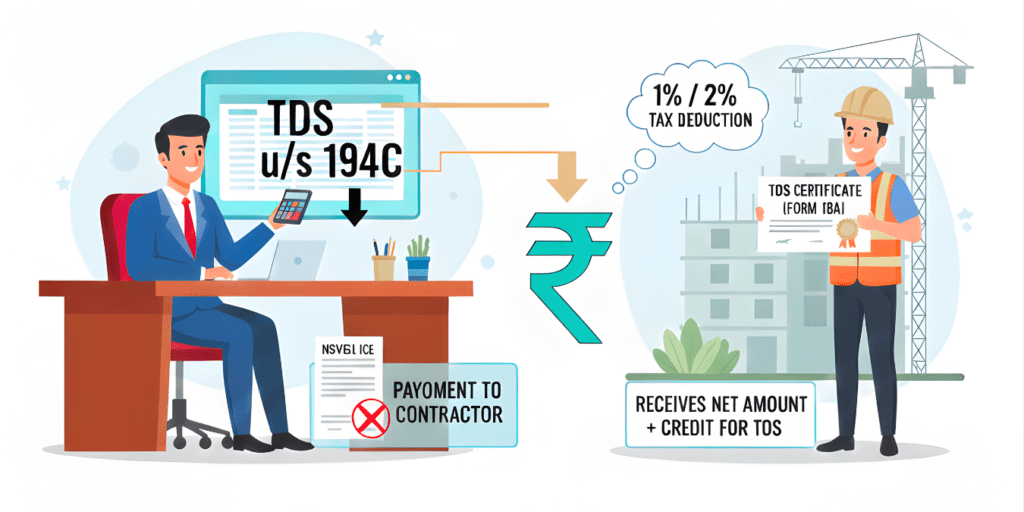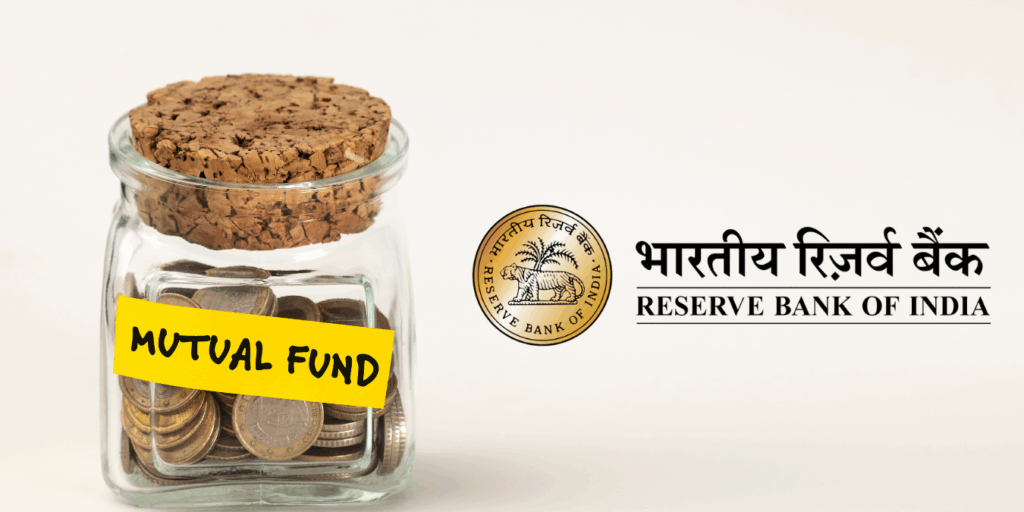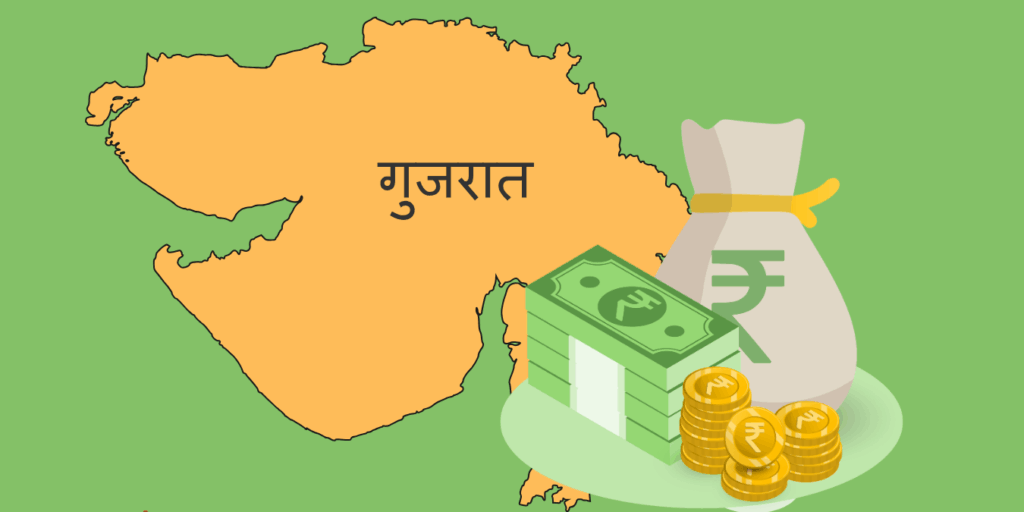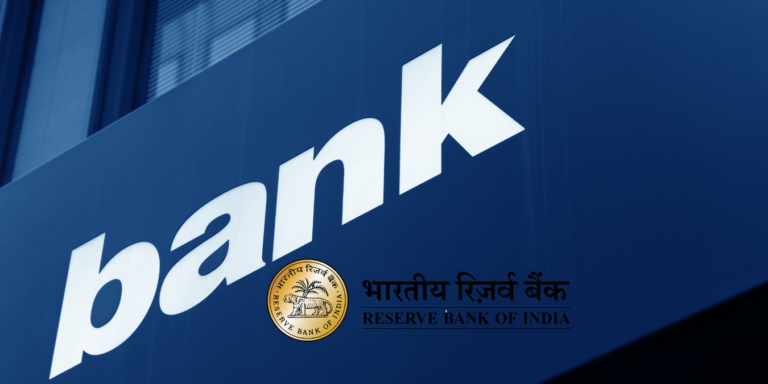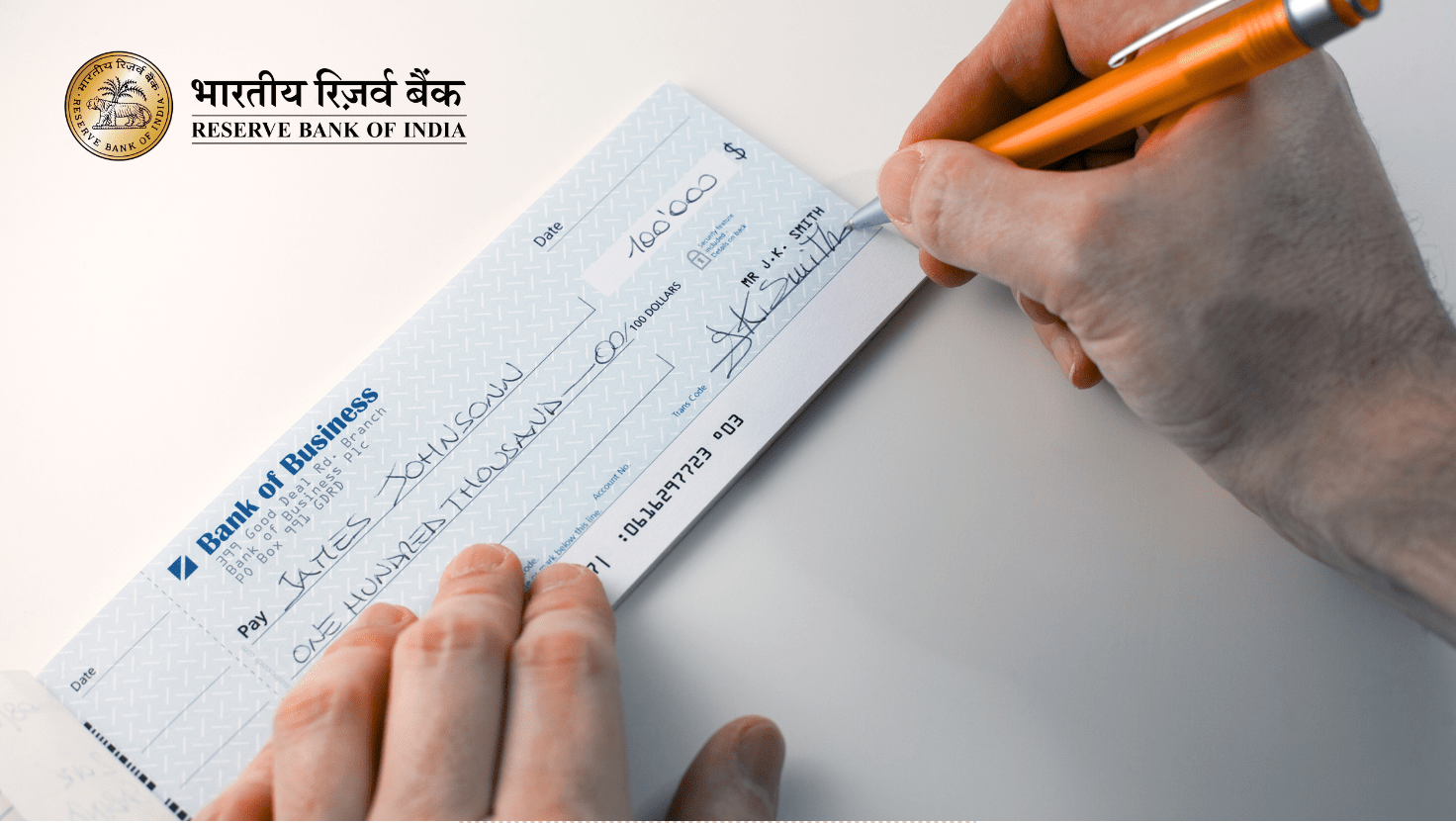
Depositing a cheque and accessing funds by evening—no more days of waiting! The RBI’s revolutionary move to clear cheques in hours from October 4, 2025, is set to transform India’s banking. With continuous CTS clearing, will businesses and individuals unlock unprecedented efficiency?
Depositing a cheque in the morning and having the funds in your account by evening, ready for use—no agonizing two-day waits, no endless calls to the bank chasing updates. Sounds like a dream? Well, brace yourself! The Reserve Bank of India (RBI) is set to make this a reality, revolutionizing the nation’s payment ecosystem with a ground breaking overhaul of cheque processing. Starting October 4, 2025, cheques could clear within hours, slashing the traditional T+1 or T+2 day delays. But what’s the catch? How will this transformation unfold, and what hidden benefits await businesses, individuals, and the Indian economy? Let’s dive into this suspenseful journey, packed with the latest RBI cheque clearing rules, faster cheque clearance insights, and CTS continuous clearing details.
The Current Cheque Clearing Conundrum: Why Change is Overdue
Before we unravel the RBI’s bold leap into the future, let’s set the stage with a quick look at the present. India’s Cheque Truncation System (CTS), launched in 2008 and rolled out nationwide by 2011, transformed cheque processing by replacing physical cheque movement with digital images. This eliminated the logistical nightmare of transporting paper cheques across cities, cutting clearance times from weeks to days. Yet, even in 2025, the system relies on batch processing, where cheques are collected, scanned, and cleared in fixed cycles—typically taking T+1 or T+2 days (T being the deposit day). Deposit a cheque on Monday, and funds might only reflect by Wednesday or later, especially in rural areas.
Why the delay? Batch processing operates in three daily cycles in major cities, but rural and semi-urban branches often face longer lags due to connectivity and operational constraints. According to RBI’s 2024 Annual Report, India processed over 1.2 billion cheques annually, valued at ₹80 lakh crore—a colossal volume that underscores the strain on the current system. For small businesses, these delays mean liquidity crunches, delaying inventory purchases or debt repayments. For salaried individuals, waiting for salary or refund cheques creates financial friction. Investors, too, face missed opportunities due to delayed fund availability.
Enter the suspense: What if cheques could clear as swiftly as UPI transactions, which handled 13 billion transactions monthly in 2024? The RBI’s August 8, 2024, Statement on Developmental and Regulatory Policies hinted at a seismic shift, and the full directive on August 14, 2025, confirmed it—a move to continuous clearing and settlement on realisation in CTS. This isn’t just a tweak; it’s a paradigm shift poised to redefine banking efficiency. Keywords like “RBI faster cheque clearance” and “cheque clearing time India reduced” are trending, signaling public curiosity. But how will this unfold, phase by phase?
RBI’s Master Plan: Phase 1 of Continuous Clearing Unveiled
The RBI isn’t diving in recklessly—it’s executing a meticulously planned, two-phase rollout to ensure a smooth transition. Phase 1, launching on October 4, 2025, and running until January 2, 2026, serves as the testing ground, setting the stage for a high-stakes transformation.
Here’s the game-changer: Batch processing is history. Under the new RBI CTS continuous clearing system, banks will operate a single presentation session from 10:00 AM to 4:00 PM. Cheques received at branches will be scanned and sent to the clearing house instantly—no more waiting for end-of-day bundles. The clearing house will release cheque images to drawee banks (the payer’s bank) on a continuous basis, ensuring real-time processing.
The suspense deepens with continuous inward processing. Drawee banks must process cheque images as they arrive, issuing positive confirmations (for honoured cheques) or negative confirmations (for dishonoured ones). The confirmation session runs from 10:00 AM to 7:00 PM, with every cheque assigned an Item Expiry Time—set at 7:00 PM in Phase 1. If a drawee bank fails to confirm by this deadline, the cheque is deemed approved and included in the settlement—a clever mechanism to keep banks accountable.
Settlement adds to the intrigue: Unlike the old system, where presentations triggered entries, settlements now occur hourly from 11:00 AM, based on positive confirmations and deemed approvals. Negative confirmations? No settlement, reducing bounce risks. Once settled, presenting banks (the depositor’s bank) receive confirmation and must credit customer accounts within one hour, subject to safeguards like verifying sufficient funds.
Latest RBI data emphasizes customer awareness: Banks are mandated to educate users through SMS, emails, and branch notices. Economic Times reports suggest this could achieve same-day clearance for 80% of cheques, aligning India’s cheque system with its digital payment prowess, led by UPI’s dominance (14 billion transactions in August 2025, per NPCI). But Phase 1 is just the opening act—what explosive changes await in Phase 2?
Phase 2: The High-Stakes T+3 Hours Deadline
If Phase 1 teases faster processing, Phase 2, starting January 3, 2026, delivers the knockout blow. The Item Expiry Time shrinks to T+3 clear hours—a nail-biting deadline that pushes banks to act swiftly. For example, a cheque presented between 10:00 AM and 11:00 AM must be confirmed by 2:00 PM (three hours from the end of that hour slot). No confirmation? It’s deemed approved and settled at 2:00 PM. This rolling window ensures cheques clear within hours, rivaling the speed of digital transactions.
The presentation session (10:00 AM to 4:00 PM) and confirmation session (10:00 AM to 7:00 PM) remain unchanged, but hourly settlements intensify the pressure for real-time efficiency. Business Standard notes that Phase 2 aligns with RBI’s vision for a resilient payment ecosystem, especially after 2024’s record cheque volumes (100 million monthly, per RBI Bulletin, July 2025). By 2026, India could match global leaders like the UK’s same-day clearing or Singapore’s near-instant settlements.
Why the phased approach? RBI’s strategy ensures banks upgrade systems without disrupting operations. Pilot tests in Mumbai and Chennai, reported by Hindu BusinessLine, showed 80% same-day clearances in urban grids—a promising sign. For SEO traction, keywords like “RBI October 2025 cheque updates” and “fast cheque settlement India” position this blog for Google Discover, drawing finance enthusiasts and curious readers.
But the burning question remains: How will this reshape the lives of everyday Indians and businesses?
Unlocking Benefits
The suspense begins to unravel as we explore the transformative benefits. For individuals, faster cheque clearance means instant access to funds. Salary cheques deposited in the morning could be credited by evening, enabling timely bill payments or investments. Refunds or insurance payouts? No more liquidity gaps. With cheques still accounting for 10-15% of non-cash transactions in India (RBI 2024 data), this bridges the gap to UPI-like immediacy.
Businesses, especially small and medium enterprises (SMEs), stand to gain massively. Cash-strapped SMEs can manage inventories or settle supplier dues on the same day, reducing working capital needs. CNBC-TV18 estimates this could save SMEs billions annually by minimizing loan dependencies. Exporters and importers benefit from faster realizations, reducing foreign exchange risks in volatile markets. Real estate, where cheques dominate, will see quicker deal closures, per Tribune India.
Banks are gearing up for the shift. Leading players like HDFC, SBI, and ICICI are investing in AI-driven processing systems, according to India Today. The RBI mandates compliance under Section 18 of the Payment and Settlement Systems Act, 2007, ensuring banks align with the new timelines. Globally, this positions India ahead of the US, where cheque clearance still takes T+2 days, while aligning with NEFT/RTGS efficiencies.
Economic implications? Angel One projects a 0.5% GDP uplift from improved liquidity and efficiency. For context, India’s GDP grew 6.7% in 2024 (RBI estimates), and this could add momentum. Keywords like “RBI cheque clearing new rules 2025” and “India banking revolution” amplify this post’s reach, sparking curiosity among readers.
Yet, every thriller has a twist—what challenges lurk beneath the surface?
Potential Challenges and RBI’s Safeguards
No revolution is without hurdles. Rural banks, often plagued by connectivity issues, may struggle with real-time processing. Dishonour rates, currently 5-7% (RBI 2024 data), could spike if confirmations falter. Cybersecurity risks also loom, as continuous data flows increase vulnerabilities to fraud or hacking.
RBI’s countermeasures are robust: The phased rollout allows banks to test systems in Phase 1, minimizing disruptions. Hourly settlements ensure quick resolution of discrepancies. Strict directives under Act 51 of 2007 mandate compliance, with penalties for lapses. Banks must release payments within one hour post-settlement, with safeguards against fraud, such as real-time balance checks. NPCI’s integration with CTS grids ensures seamless data transfer, even in semi-urban areas.
Latest updates from Business Today highlight early successes: Pilot tests in urban centers achieved 85% same-day clearances, signaling readiness. However, rural adoption remains a wildcard—can banks bridge the digital divide in time?
Historical Context: CTS’s Evolution from Paper to Pixels
To appreciate the drama, let’s rewind. CTS, launched in New Delhi in 2008, truncated physical cheques, saving billions in logistics costs. By 2013, it covered all of India, and the 2020 grid-based CTS unified regional clearing houses. Yet, batch processing limits persisted, capping efficiency.
RBI’s 2024 policy statement flagged the need for continuous clearing, echoing global trends post-COVID’s digital surge. While UPI reduced cheque values by 5% annually, volumes held steady at 100 million monthly (RBI Bulletin, July 2025). This update revitalizes cheques, making them competitive in a UPI-dominated world (14 billion transactions in August 2025, per NPCI).
Suspense element: Will cheques survive alongside instant digital payments? This speed injection might just ensure their relevance.
Implications for Stakeholders: A New Dawn for Businesses and Consumers
For businesses, the implications are profound. Sectors like real estate, where cheques are king, will see faster deal closures. Retailers can pay suppliers quicker, boosting supply chain efficiency. Phase 2’s three-hour window could even enable intra-day trading with cheque funds, per Zee Business.
Banks face operational shifts: Continuous processing demands 24/7 teams, but automation via fintech partners like Infosys and TCS eases the burden. Risks of deemed approvals spiking errors exist, but RBI’s safeguards, like real-time monitoring, mitigate them.
For consumers, awareness is critical. RBI mandates banks to notify users via apps, SMS, and branch displays—expect pop-ups on “faster cheque clearance benefits.” In rural India, where digital literacy lags, this could empower farmers with timely crop payments, reducing reliance on predatory lenders.
Preparing for October 4, 2025: What You Should Do
As the clock ticks toward October 4, 2025, curiosity builds—are you ready? Individuals: Update bank apps for real-time notifications and monitor account alerts. Businesses: Train staff on new timelines and adjust cash flow planning for same-day credits. Banks: Upgrade systems for real-time processing and comply with RBI’s awareness mandates.
This isn’t just about cheques—it’s a step toward a hyper-efficient economy. With UPI setting the pace, cheques are getting a lifeline to stay relevant.
Final Thought: The Dawn of Instant Banking
In this gripping saga, RBI’s continuous clearing in CTS heralds a banking revolution. From Phase 1’s same-day clearances starting October 4, 2025, to Phase 2’s ultra-fast T+3 hours window in January 2026, cheques will clear in hours, transforming lives and businesses. Latest RBI data underscores efficiency gains.
But the ultimate twist? This could be the prelude to bolder innovations—perhaps real-time cheque settlements akin to RTGS. Stay tuned: The future of payments is here, and it’s faster than ever.

